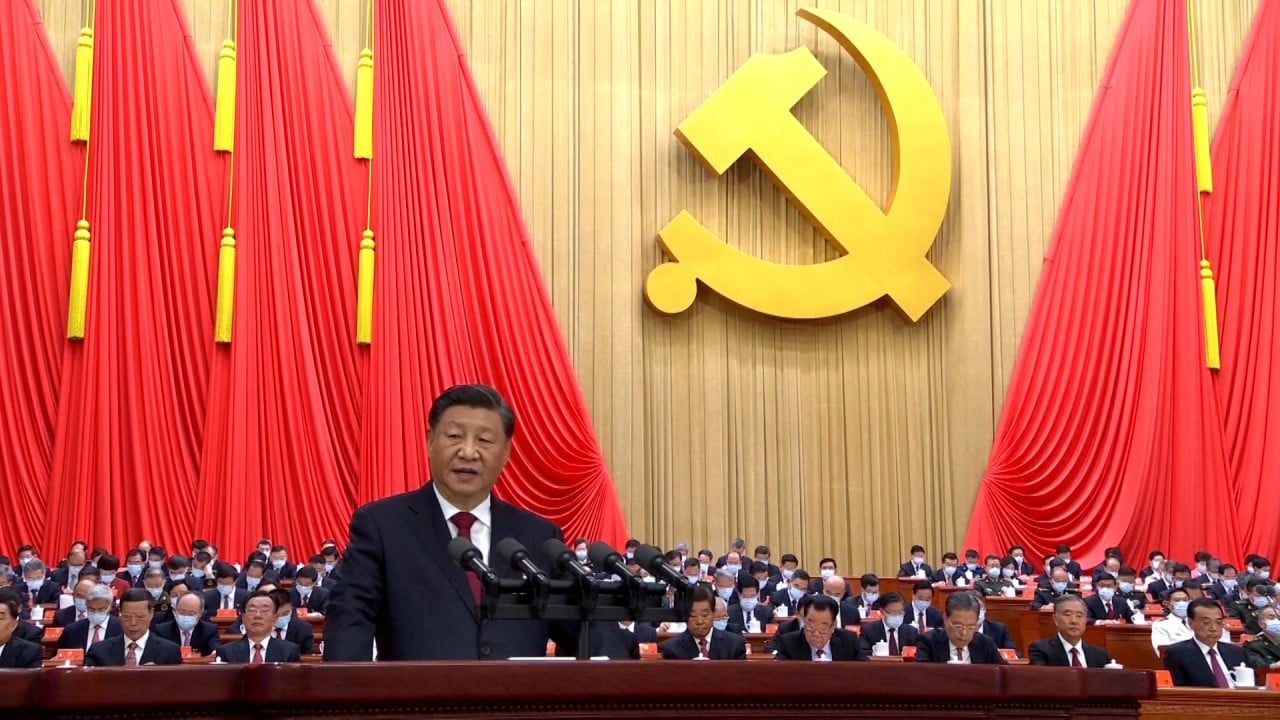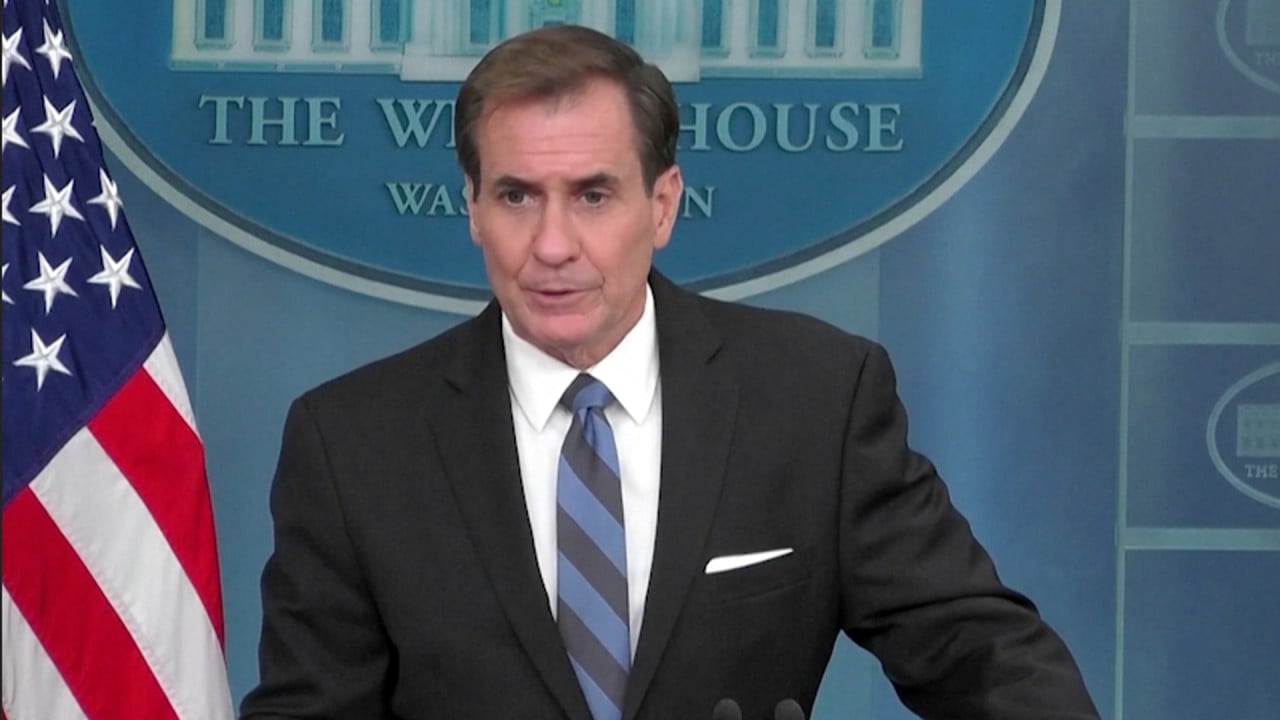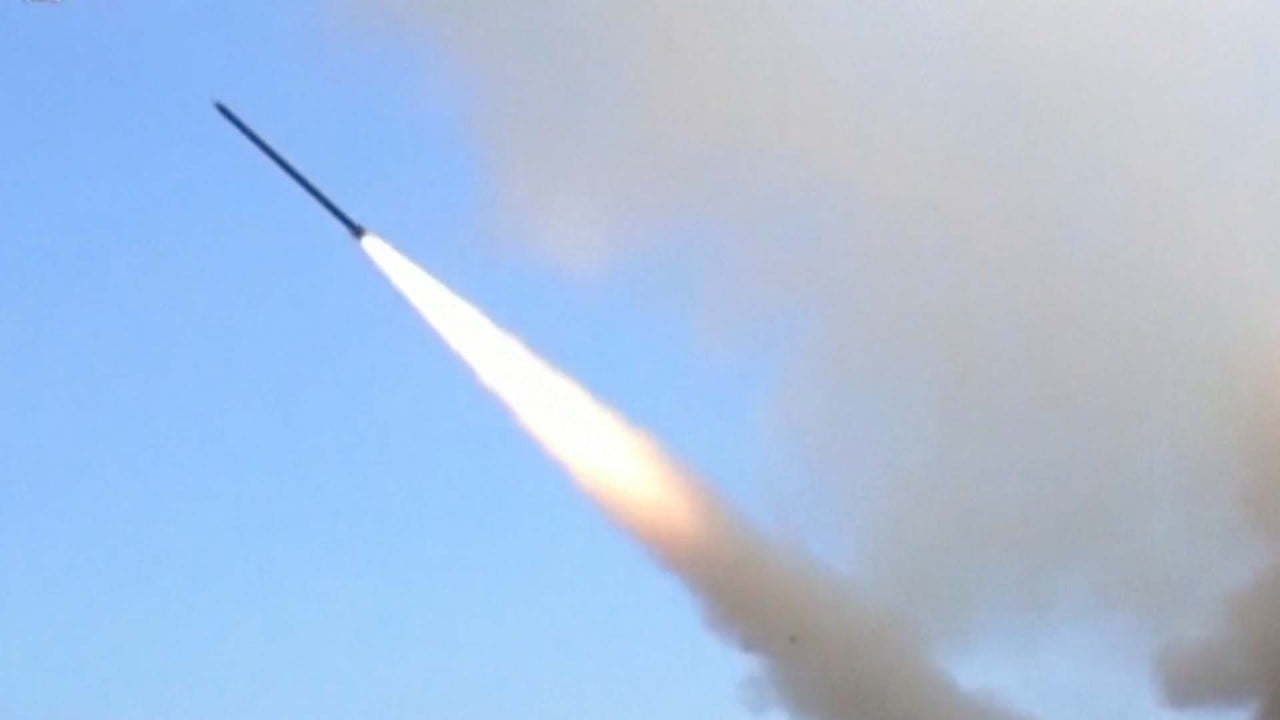
Huge nuclear arms push by China would worry neighbours, analysts warn, as US report sees 1,500 warheads by 2035
- Latest Pentagon report on Chinese military says PLA is on track to quadruple number of nuclear warheads by 2035
- China must see how this could stir fears in the region, pushing neighbours to raise defence budgets and seek greater US presence, say observers
According to the US defence department, an important element of China’s strategy is “a determined pursuit to amass and expand its national power” to transform aspects of the international system to make it more favourable to the Chinese political system and national interests.
Another element is strengthening the People’s Liberation Army’s strategic deterrence capabilities, it added.
China is fast boosting its nuclear power and is on track to nearly quadruple its number of warheads to 1,500 by 2035, thus rapidly closing its gap with the US, the report said.
Dismissing the claim, the Chinese foreign ministry said the exaggerated number is Washington’s excuse to develop its own military power.
The US, by comparison, currently has 3,750 active nuclear warheads.
US urges China nuclear talks on its rising capabilities alongside Russia’s
Zhou Chenming, a researcher from the Yuan Wang military science and technology think tank, said the unstable security situation around China has pushed China to rapidly build up its military power.
“Beijing is confronted with several challenging situations [in the region]. Cross-strait relations are becoming increasingly volatile and it might easily become a regional crisis … China also must be ready to prevent and tackle any sudden military conflict along the border with India to maintain internal peace,” Zhou said.
“And, most of all, China cannot persuade major countries to ditch their Cold War mentality, which sees China as a big threat. All these are behind Beijing’s push to develop its military strength.”
Timothy Heath, a senior analyst at US think tank Rand Corporation, said China’s military modernisation aims had both civil and defence purposes.
“Politically, a powerful, potent military can help strengthen nationalist and patriotic sentiment. This bolsters the prestige of the ruling Chinese Communist Party,” Heath said.
“Militarily, a modernised military is also better prepared to carry out the range of missions assigned to it by the top leadership. This includes deterrence of Taiwan and non-war missions to protect Chinese citizens and their assets abroad.”
Upgrades for China’s nuclear triad in push for stronger deterrence: analysts
A strong and modern military can help the Communist Party politically enhance its standing with the people, he added.
“China’s growing military power is driving countries to increase their own defence spending, most notably that of Japan. Countries are feeling insecure in the face of growing Chinese military power,” Heath said.
Bradley Bowman, senior director of the Centre on Military and Political Power at the Foundation for Defence of Democracies in Washington, also said China’s expanding military power was creating unease among its neighbours.
Japan to develop air-to-ship long-range cruise missiles, source says
“The pace and opaque nature of China’s military expansion, its explicit objectives, and the aggressive behaviour … are encouraging other nations to build their military capabilities and deepen security cooperation with the United States,” Bowman said.
China’s rising military power is also creating reasons for US allies in the region to seek a bigger American presence there, Bowman added.




